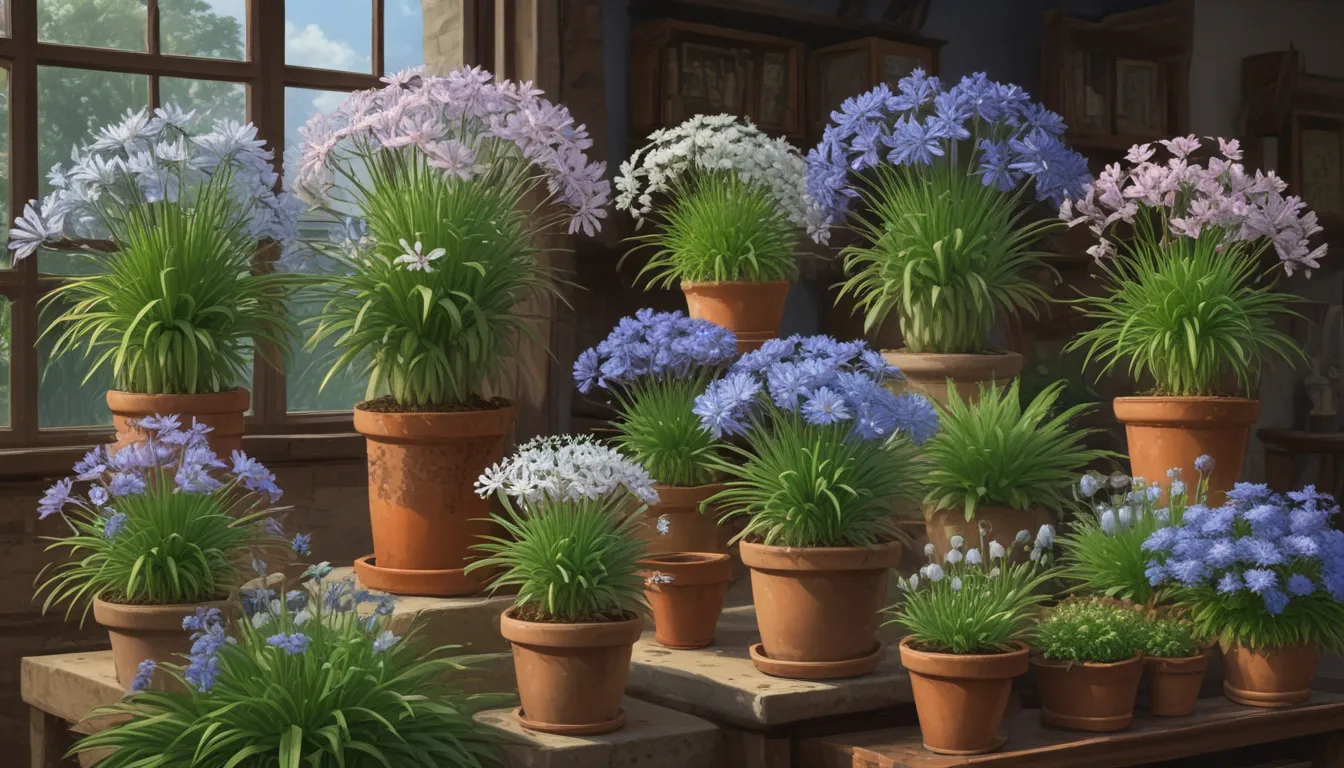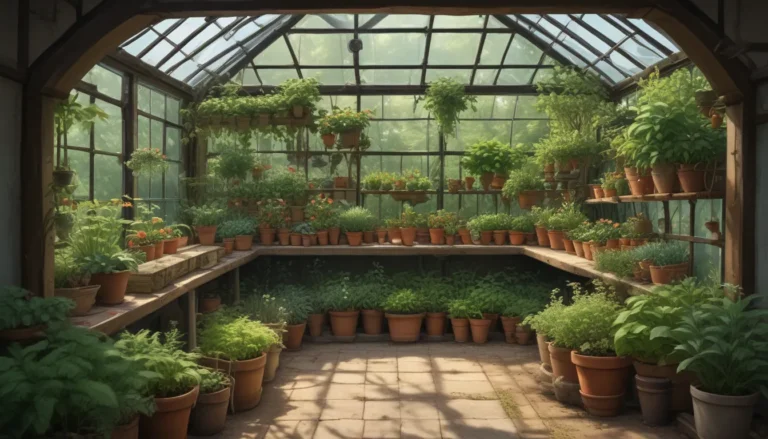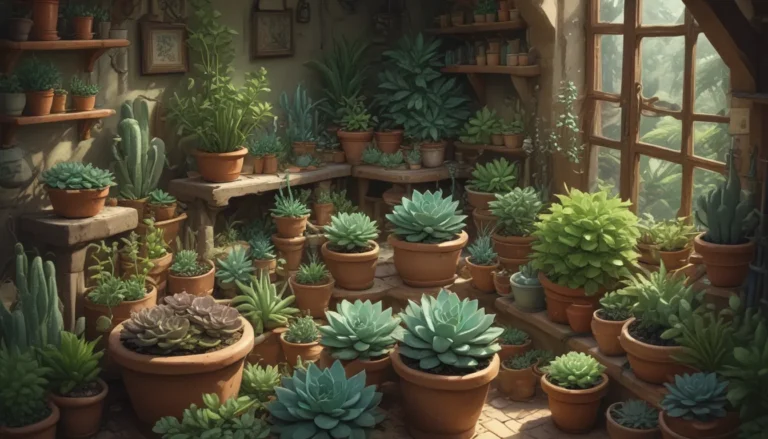Comprehensive Guide to Growing Agapanthus Flowers in Containers

Have you ever admired the beautiful blooms of agapanthus flowers? These striking blue, purple, white, or bicolored flowers grow on tall stems above lance-like leaves, adding a touch of tropical beauty to gardens. Native to South Africa, these plants thrive in warm climates and have become popular in places like Mexico, Jamaica, and the United States.
In this detailed guide, we’ll explore how to cultivate agapanthus in containers to bring a tropical vibe to your patio, deck, or courtyard garden. From choosing the right container to managing pests and disease, we’ll cover everything you need to know to grow these elegant plants successfully.
What You’ll Learn
- Getting Started
- Why Grow in a Container?
- Choosing the Right Container
- Preparing Your Container
- How to Grow
- Growing Tips
- Cultivars to Select
- Managing Pests and Disease
- Best Uses
Getting Started
Before diving into container gardening with agapanthus, it’s essential to understand more about these plants. Belonging to the Amaryllidaceae family, which also includes daffodils and amaryllis, agapanthus are tall perennial flowers with three different subfamilies. The subfamily Agapanthoideae, which includes the Agapanthus genus, features several species and cultivars offering a variety of colors and forms for gardeners.
Some popular species and cultivars like A. africanus, A. praecox, A. orientalis, and A. inapertus have been developed by plant breeders, providing a range of choices for home gardeners. Known for their resilience and attractive blooms, agapanthus can spread easily via rhizomes in ideal conditions and are resistant to pests and disease, making them a low-maintenance choice for many gardeners.
Why Grow in a Container?
Growing agapanthus in containers offers several advantages, including the ability to control their spread and portability for colder climates. By planting them in pots, you can easily move the plants indoors during winter or to sheltered areas to protect them from frost. Additionally, containers allow you to create colorful displays on patios, balconies, or sunny corners, adding a focal point to your outdoor space.
Choosing the Right Container
When selecting a container for agapanthus, consider the size and material to ensure optimal growth. Choose a pot that is at least 12 inches in diameter and 8-12 inches deep for a single large plant or multiple smaller ones. While agapanthus prefers to be slightly root-bound for more blooms, avoid excessively large pots that may lead to excessive foliage growth.
Containers made of plastic, metal, stone, or ceramic with proper drainage holes are suitable for growing agapanthus. Additionally, consider the weight of the container, especially if you choose terra cotta pots, as they can be heavy to move. Opt for a container with a wide base to prevent tipping over, especially in windy conditions.
Preparing Your Container
Before planting agapanthus in a container, ensure the soil is loose, well-draining, and rich in organic matter. A pH range of 5.5-7.0 is ideal for these plants, which prefer to avoid waterlogged conditions. You can use a mix of loamy soil, compost, and builder’s sand to improve drainage or commercial potting soil with added sand.
After cleaning and disinfecting the container, plant the agapanthus at the same depth as the original pot, leaving space between the soil surface and the rim. Ensure thorough watering after planting and monitor soil moisture levels regularly, especially during the first year of growth.
How to Grow
To promote healthy growth and abundant blooms, provide agapanthus with full sun exposure for 6-8 hours per day. While they can tolerate partial shade, full sun conditions encourage prolific flowering. Mulch the container to retain moisture and maintain consistent soil temperature, especially during hot, dry weather.
Regular watering is essential, allowing the top inch of soil to dry out between waterings in the first year and top three inches thereafter. Avoid overhead irrigation to prevent fungal infections and water at the base of the plant to reduce the risk of disease. Apply high-phosphorus fertilizer in spring and midsummer according to package instructions to encourage flowering and avoid excessive foliage growth.
Pruning requirements for agapanthus are minimal, with deadheading spent flowers during the growing season. Deciduous varieties may require cutting back to four inches above ground after flowering, while evergreen types need minimal maintenance. Consider moving tender evergreen plants indoors during winter and providing sufficient light and temperature above 50°F.
Growing Tips
- Place containers in full sun for optimal growth.
- Water when the top inch of soil dries out initially, then top three inches thereafter.
- Fertilize twice a year with a high-phosphorus fertilizer.
Cultivars to Select
Here are two recommended cultivars suitable for container-growing:
Indigo Frost
A hybrid of A. praecox and A. campanulatus, ‘Indigo Frost’ features striking white petals with lavender throats. Blooming throughout summer, this cultivar grows 18-24 inches tall and wide, making it ideal for smaller pots. ‘Indigo Frost’ is evergreen in Zones 8-10 and deciduous in Zones 6-7, offering versatility for different climates.
Lily of the Nile
With glossy dark-green leaves and violet flowers, the ‘Lily of the Nile’ cultivar reblooms profusely during summer. Regular deadheading can help maintain continuous flowering, and this compact variety grows 18-24 inches tall and wide. Hardy to Zones 8-10, ‘Lily of the Nile’ is a resilient choice for container gardening.
Managing Pests and Disease
Agapanthus are relatively resistant to pests and disease, making them low-maintenance plants for container gardening. Their toxicity to rabbits and unattractiveness to deer help deter common garden pests. By avoiding wet conditions and maintaining proper drainage, you can prevent fungal issues like powdery mildew and botrytis.
In case of slug infestations, use Slug Gone Wool Pellets to deter these pests from accessing your containers. Keep an eye out for slug damage and apply the pellets as needed to protect your plants without harming beneficial insects or pollinators.
Best Uses
Growing agapanthus in containers offers versatility for various uses in the garden. Line walkways with potted agapanthus, create colorful displays on patios, or use them as focal points in courtyard gardens. The tall stems and globe-like blooms of agapanthus make them ideal for adding visual interest to sunny corners or brightening up balconies.
Additionally, the long-lasting blooms of agapanthus make them excellent cut flowers, bringing vibrant colors indoors to enhance your living space. With proper care and maintenance, these plants can provide year-round beauty and elegance in container gardens.
Conclusion
In conclusion, agapanthus are colorful, low-maintenance plants that thrive in containers, bringing tropical beauty to any outdoor space. By selecting the right container, providing proper care, and choosing suitable cultivars, you can enjoy the vibrant blooms of agapanthus year after year. Whether lining walkways, brightening patios, or creating colorful displays, these versatile plants are sure to impress.
Have you cultivated agapanthus in containers before? Share your experiences and questions in the comments below, and don’t forget to share your pictures of these beautiful blooms. For more container gardening ideas, explore our guides on growing violets, azaleas, and hydrangeas to enhance your outdoor space.
Remember, with the right care and attention, agapanthus can thrive in containers, offering long-lived foliage and cheerful blossoms without spreading uncontrollably in your garden. Embrace these lovely plants for their resilience and beauty, and enjoy their globe-like flowers season after season.
Enjoy gardening anecdotes, plant care guides, and outdoor living tips at our website. Subscribe to our newsletter for the latest updates and exclusive content!





